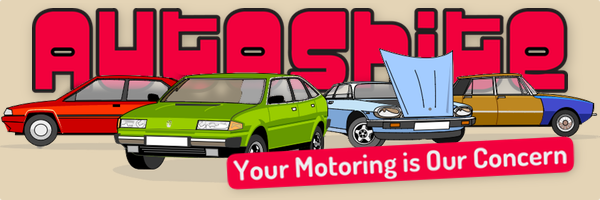Grace, Pace and Space ..even more so than the Jaguar.
-
Similar Content
-
- 233 replies
- 11,826 views
-
More tax
By Me9,
- 0 replies
- 219 views
-
- 143 replies
- 5,831 views
-
- 22 replies
- 1,081 views
-
West London assistance Sunday 12th evening
By Talbot,
- 5 replies
- 569 views
-






Recommended Posts
Create an account or sign in to comment
You need to be a member in order to leave a comment
Create an account
Sign up for a new account in our community. It's easy!
Register a new accountSign in
Already have an account? Sign in here.
Sign In Now